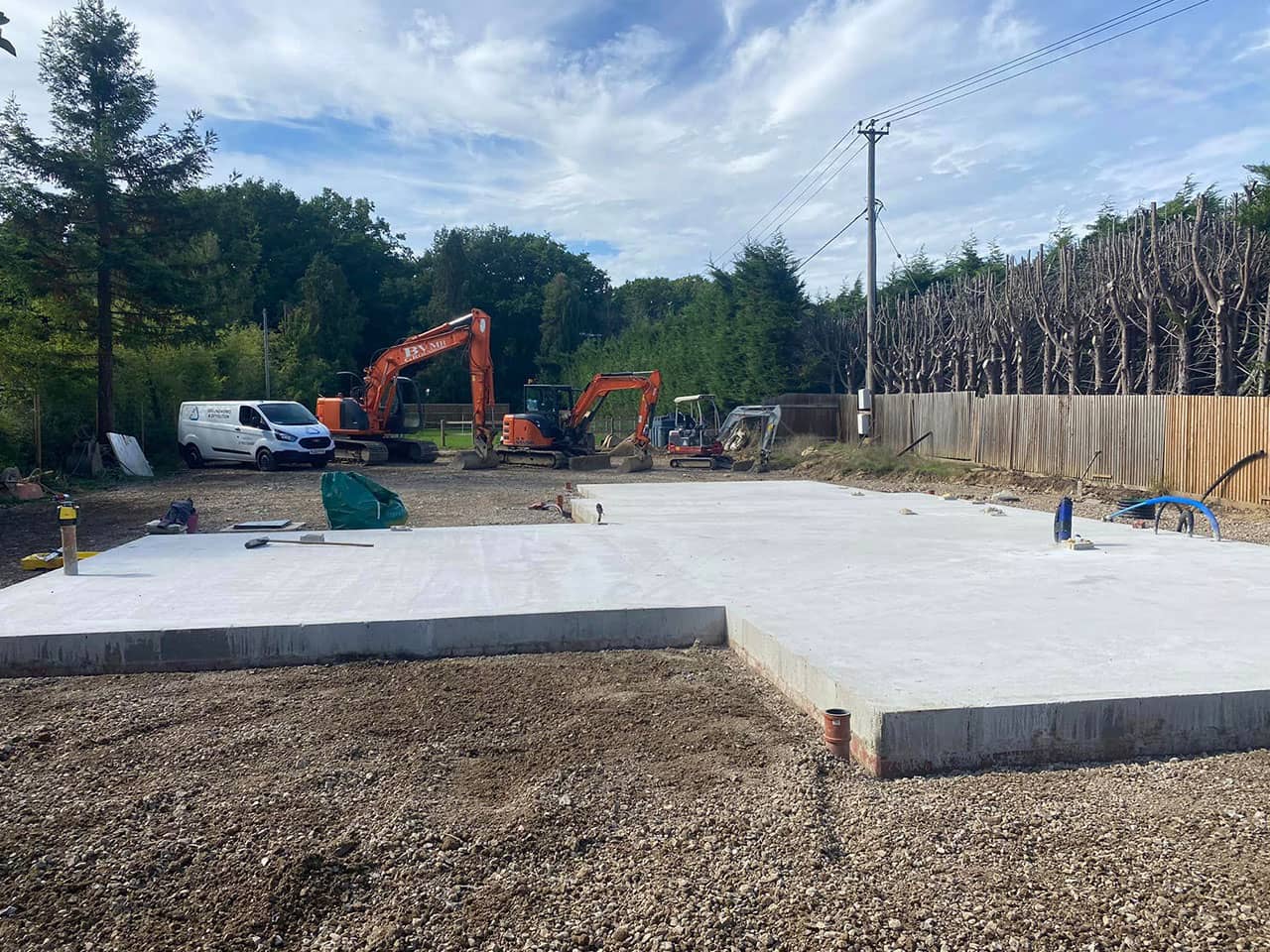Foundations | EA Civil Works
Ensure a development starts off on the right foot: enlist EA Civil Works to design and construct its foundations. Covering the entirety of the southeast of England, our team brings years of combined experience to the table, tailoring installation to your specifications. At all times, we’re informed by the needs of the project, and factors such as soil types, the presence of underground infrastructure, and any other environmental challenges that may need to be carefully navigated.
It’s difficult to overstate the importance of quality foundations. Get this right, and you put a building in good stead to stand tall for many, many years to come. Get it wrong, and you could be dealing with catastrophic setbacks, incurring costs and endangering occupants. Working on everything from smaller domestic projects, to much larger commercial and even industrial schemes, EA Civil Works provides an exceptional standard of workmanship, paired with effective project management that ensures budget and timescale are always at the forefront of our minds.

